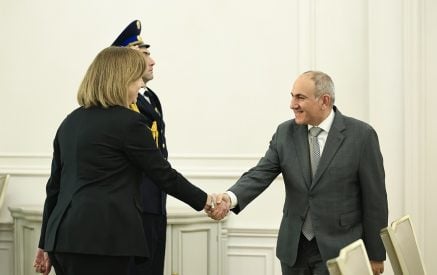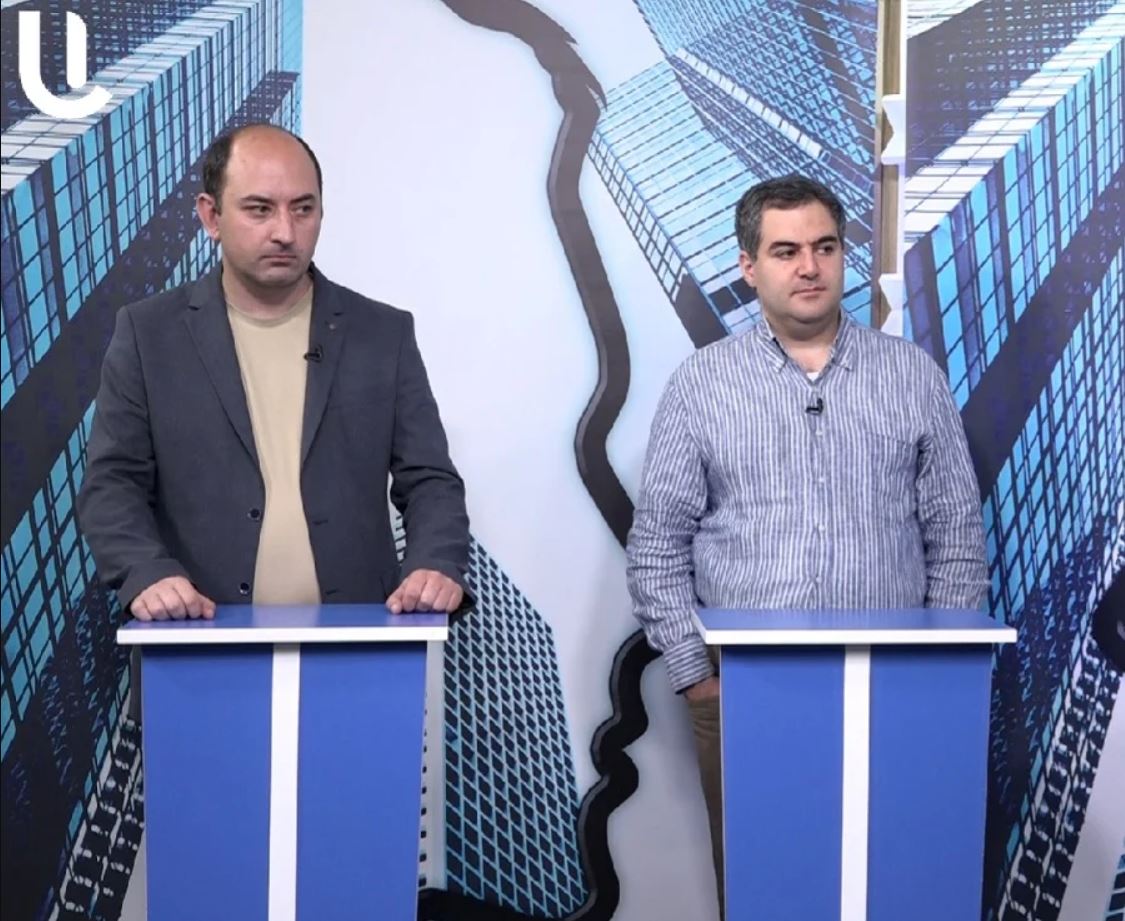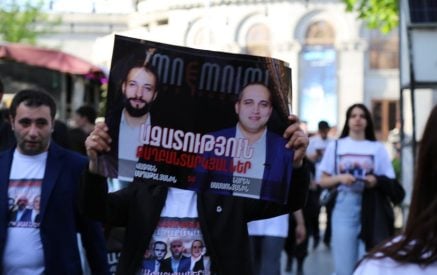Prime Minister Nikol Pashinyan, in his speech at the commission of inquiry established to investigate the circumstances of the military operations unleashed on September 27, 2020, essentially contradicted the assurance he made publicly on November 10, 2020, that they were aware that there would be a war; they did not know the day.
And now he announced: “How likely were our institutes to estimate the probability of war before the 25th of the month? The probability estimate was 30 percent. And it was based not only on intelligence but on some other data, contacts with international partners. Another thing was reported to me that the probability of war is 30 percent, and it was also heard that this is a psychological pressure on the political power to make disproportionate concessions.
Commenting on this claim, the guest of Aravot’s “Areresum” (“Confrontation”) program, a senior researcher of the Caucasus Institute, political scientist Hrant Mikayelyan said, “The probability of war in 2020 increased significantly against the background of covid and the policy implemented by this government led by Nikol Pashinyan.
Azerbaijan saw Armenia’s weakness in many episodes, both in terms of organizational, institutional, and strategic culture and internal stability, because there was constant instability concerning the judicial system and the opposition, particularly Gagik Tsarukyan. It was, of course, an impulse for Azerbaijan. Secondly, there are assessment mechanisms and methodologies for whether the probability of war is high or low. If he wanted, he could ask the experts. Specifically, in our institute, we conduct these studies every quarter. At that moment, more than 40 percent was estimated, which is actually a very high probability.”
Read also
The other program guest, political scientist Tigran Grigoryan, President of the Regional Center for Democracy and Security, testified, “At that time, I was working in the Security Council of the Republic of Armenia. That data corresponds to the reality: the General Staff and the National Security Service reported a 30 percent probability; we are not talking about the start of the war in general, but about a specific day or week. In general, after the July tensions, it was clear to everyone that we were heading for war. And starting September 20, after reading the statements of the Ministry of Foreign Affairs of Azerbaijan, it was already obvious that we were going to war. It is correct to note that the State Security Service and the National Security Service mentioned a 30 percent probability but a different picture was presented from Artsakh. In Artsakh, that probability was much higher.
Now, since the war has already taken place, some veil of secrecy can be ignored; the structure of our army was such that the decisions regarding the troops in Artsakh had to be made from Yerevan. And for that reason, the political power trusted the data reported by the General Staff and the National Security Service. A number of operations were not carried out before the war. Therefore, we had huge losses in the first days of the war. He also correctly states that we had the first clear intelligence data on September 25.”
Anna ISRAYELYAN





















































